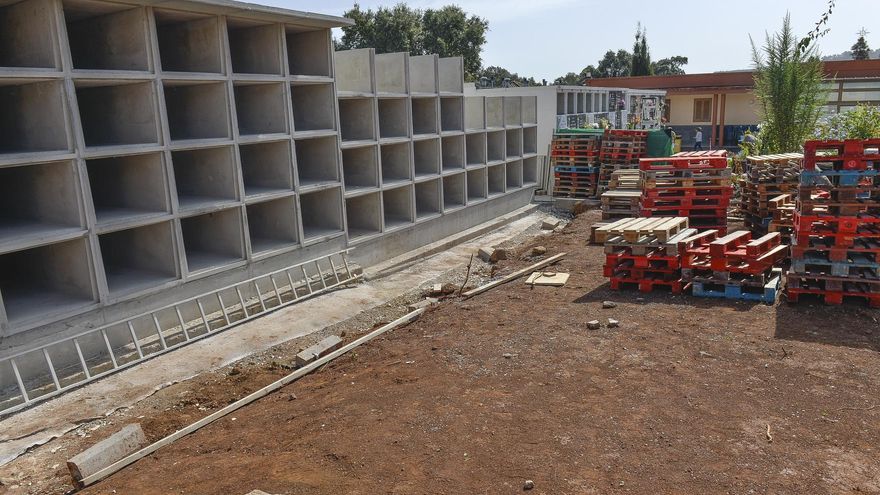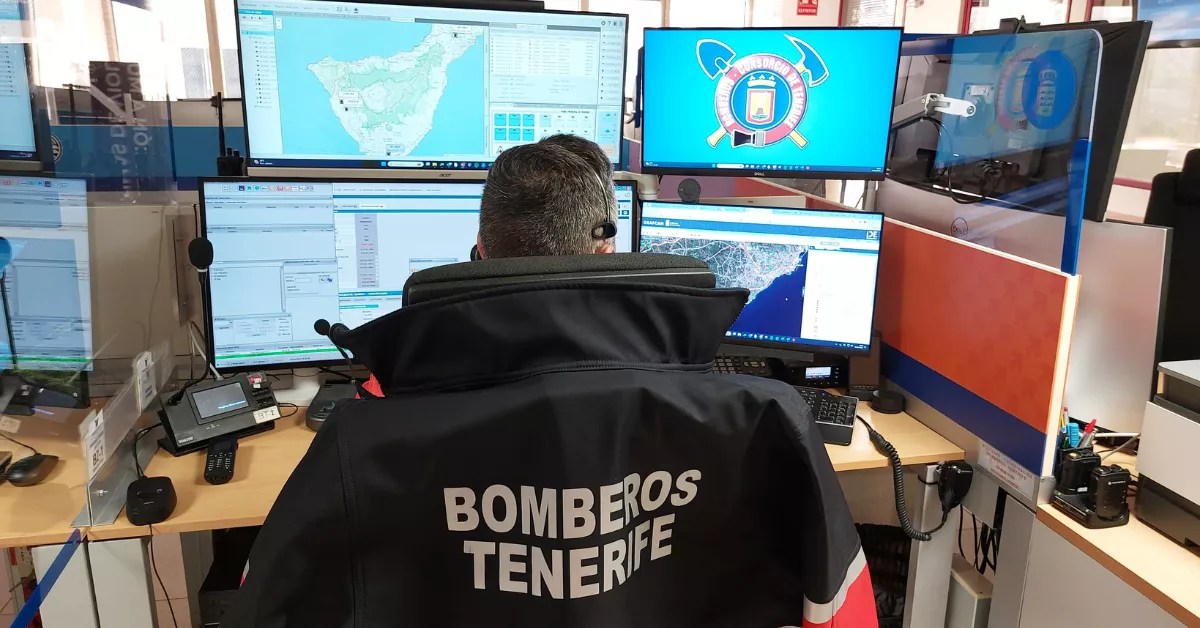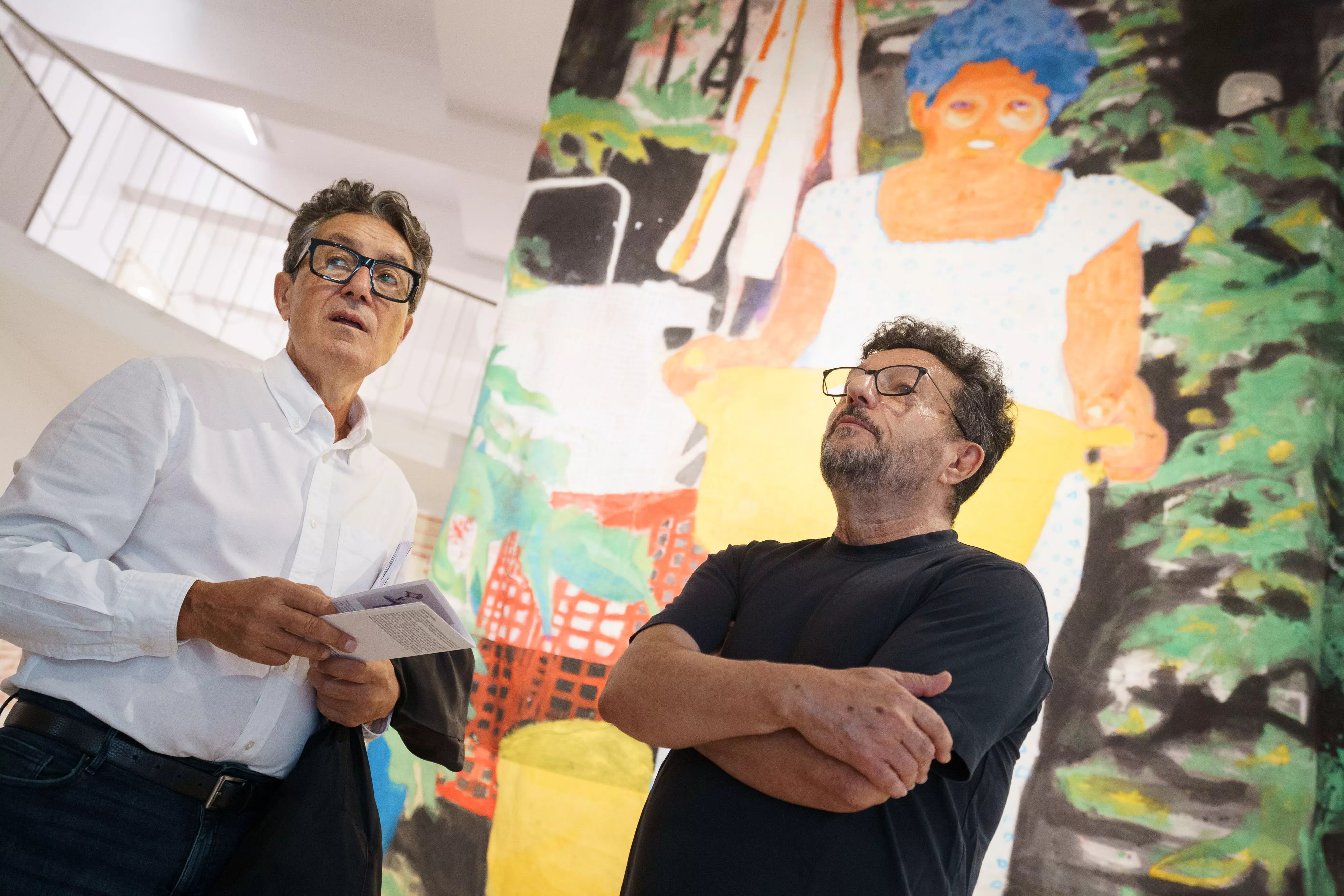
Macabre find in the Canary Islands. find half skeleton in the house of a santero in Tenerife and a judicial commission has today closed public access to the cemetery
municipality of San Sebastián de La Gomera to carry out the exhumation of a corpse and clarify an alleged crime against respect for the deceased, reports the Superior Court of Justice of the Canary Islands (TSJC).
The origin of the research directed by the Court of First Instance and Instruction No. 1 of San Sebastián de La Gomera is in a complaint for alleged abuse completed on October 19 by a woman in a position of the Civil Guard in Arona (Tenerife).
On the occasion of her statement, the alleged victim of domestic violence stated, as detailed in the proceedings, that her partner “possessed human skeletal remains, which had been stolen from a tomb in the cemetery of San Sebastián de La Gomera”.
The investigated woman’s wife denounced him for ill-treatment and revealed that he had “in the laundry room” a sanctuary with several bones
The defendant was arrested the following day, October 20. That same day, in the search of his home in Playa de las Américas (Arona), the agents found, says the Court in the order authorizing the exhumation, “human skeletal remains consisting of a skull, two femurs, two tibial plateaus, two humeri, one ulna, two proximal pieces of tibia, and a piece of possible metatarsus.
These remains, explains the judicial authority in the order, “made up the so-called Christian garment of religious syncretism of the Kimbisa rule of Santo Cristo del Buen Viaje” professed by the researcher, “understood as a heterodox branch of primitive Christianity typical of the religious and cultural syncretism of the Cuban nation known as Palería.”
Transfer to La Gomera
The order recounts that after this finding, the court investigating the events in Arona refrained from hearing the proceedings in favor of the one in La Gomera. This body then commissioned a team from the Judicial Police, which appeared at the Cemetery of the island’s capital accompanied by the woman who had denounced the case. She is she pointed to a grave and said that she had seen her partner “manipulate that one and put something in their backpack.”
At the time, the researchers contacted the daughter of the person buried in that gravewho corroborated that during the summer he had detected that “it was damaged, the tombstone being half open and fallen.”
The judicial authority considers that the facts could constitute a crime against respect for the deceased and punished in article 526 of the Criminal Code, for which he sees fit to agree to the comparison of the genetic profile of the corpse that rests in the supposedly desecrated grave with those of the bone remains found in the laundry room of the house of the person under investigation.
The judge points out that it is a case of confrontation of fundamental rights, that of the ideological freedom (in its religious modality) of the defendant with that of the right to honor, privacy and image of the deceased and, although he emphasizes that when dealing with of a dead person cannot be protected certain rights that due to the fact of the death itself have been extinguished, it is possible to resort to “what the legal doctrine has been calling the protection of the past personality”, so that “there is room for post mortem of certain extra-patrimonial rights of the deceased in order to respect the deceased person (his fame, good name, reputation and personal and social esteem) beyond the time limit of existence of its owner.
The judge: “Religious freedom cannot be used to commit criminal acts”
The judicial authority also stresses that in order to establish up to what limit the right to ideological freedom operates compared to the right to the past personality of the deceased, it is necessary to resort to the jurisprudence of the supreme court. Very especially to sentence 618/2008, according to which freedom of opinion and religious freedom “cannot be used to commit criminal acts”.
In this context, the investigating judge considers the exhumation of remains appropriate, necessary and proportionate as requested by the judicial police -which has a favorable report from the Public Prosecutor- and orders the closure of the municipal facilities that make up the municipal cemetery of San Sebastián de la Gomera during the day today and until the practice of diligence is carried out.
Tests
The forensic doctor assigned to the court, in the presence of the lawyer of the Administration of Justice head of the court, will take samples of the bone challenges found inside the tomb in which the desecration was supposedly carried out to compare them with the genetic profiles of the skeletal remains found in the home of the person investigated.
After giving a statement in court, the alleged perpetrator of the events is currently on provisional release and without bail with charges for an alleged crime against respect for the deceased.
















